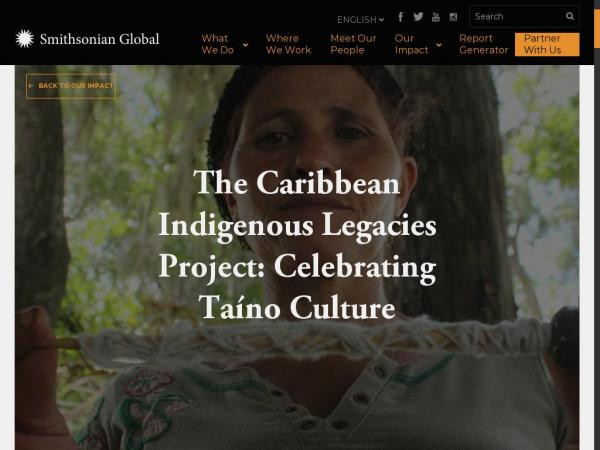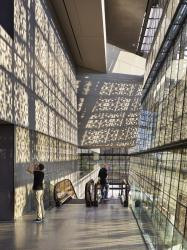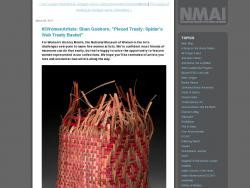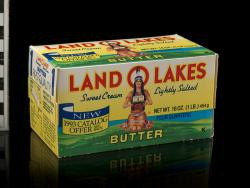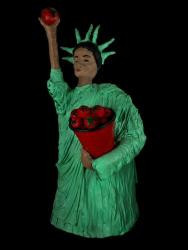Philippa Rappoport
I work in education and engagement, teacher professional development, and outreach at the Smithsonian Office of Educational Technology (OET), and have a particular interest in developing and producing trainings, programs, teaching techniques, and platforms that foster deep learning and contribute knowledge to improve practices in museum and preK-16 education and engagement. At OET over the last decade+, I created digital assets for schools, families, and new immigrant English Language learners to complement teacher professional development and pan-Smithsonian programming, including Learning Lab teaching collections, YouTube videos with tradition bearers, a handmade family stories book-making website, and online heritage tours.
Philippa Rappoport's collections
The Smithsonian's Caribbean Indigenous Legacies Project: Celebrating Taíno Culture
 Philippa Rappoport
Philippa Rappoport
"We the People": Flash Card Activity and Template
 Philippa Rappoport
Philippa Rappoport
Exploring the Cultural Markers of Identity
 Philippa Rappoport
Philippa Rappoport
Culture and Aesthetics Meet Physics: Why Soviet and American Spacesuits Look Different
 Philippa Rappoport
Philippa Rappoport
Migrations in American History: The Making of "Many Voices, One Nation"
 Philippa Rappoport
Philippa Rappoport
Curating Digital Museum Resources for the Classroom (Texas ASCD Ignite 19 Conference Session)
 Philippa Rappoport
Philippa Rappoport
Nicholasa Mohr and New York's Puerto Rican Migration
 Philippa Rappoport
Philippa Rappoport
Zozobra in Santa Fe: A Contemporary Reckoning of a Local Tradition
 Philippa Rappoport
Philippa Rappoport
Learning Lab Teaching Collection for Frost Art Museum Workshop using Luis Cruz Azaceta's "Shifting States: Iraq"
 Philippa Rappoport
Philippa Rappoport
Digital Museum Resources for the High School Ethnic Studies Classroom (Irving Arts Center )
 Philippa Rappoport
Philippa Rappoport
Cuban Balseros: Using Art and Artifact to Explore an American Immigration Story
 Philippa Rappoport
Philippa Rappoport
Digital Museum Resources for the High School Ethnic Studies Classroom (City of Austin Parks & Recreation)
 Philippa Rappoport
Philippa Rappoport

